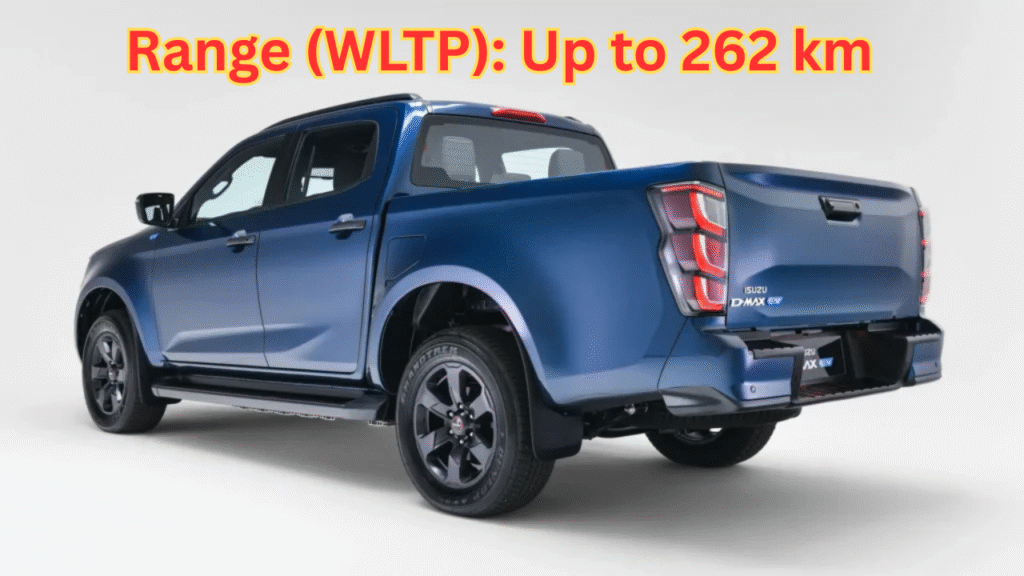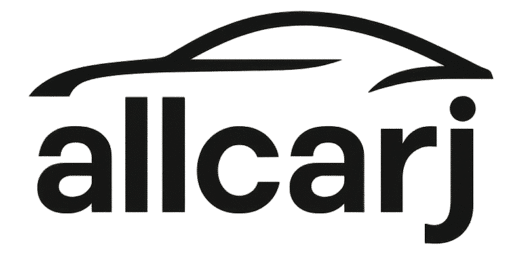Isuzu D-Max EV Revealed: In a bold move toward electrification, Isuzu has unveiled its first-ever all-electric version of the D-Max pickup truck—the Isuzu D-Max EV. Known for its durability and off-road prowess, the D-Max has long been a favorite among utility vehicle enthusiasts and commercial users. Now, with the introduction of the EV variant, Isuzu aims to blend rugged capabilities with zero-emission performance. The new electric version doesn’t just retain the toughness of the original—it enhances it with cutting-edge EV technology and sustainable mobility.
The Isuzu D-Max EV stands out with its impressive design updates and significant off-road capabilities. Despite being fully electric, the vehicle boasts a ground clearance of 210mm and a water-wading depth of 600mm, staying true to its utilitarian roots. These features make it suitable for construction sites, rural applications, and off-road adventures. The pickup is expected to appeal to fleet operators and environmentally conscious customers who demand power, reliability, and a clean energy footprint.
Expected to hit select markets in 2025, including the UK and Nordic regions, the D-Max EV will likely expand to other global markets based on demand. With a driving range of up to 262 km (WLTP cycle) and a dual-motor setup delivering four-wheel-drive traction, the D-Max EV is positioned as a serious contender in the growing electric pickup space. Let’s dive into the specifications, design, features, and launch details of this groundbreaking EV.
Isuzu D-Max EV Overview
| Specification | Details |
|---|---|
| Model | Isuzu D-Max EV |
| Drive Type | Dual-Motor AWD |
| Battery Capacity | 66.9 kWh Lithium-Ion |
| Range (WLTP) | Up to 262 km |
| Max Torque | 325 Nm |
| Ground Clearance | 210 mm |
| Water Wading Depth | 600 mm |
| Payload Capacity | ~1000 kg (est.) |
| Launch Date | 2025 (Selected Global Markets) |
Design and Build Quality
Exterior Design
The Isuzu D-Max EV retains the bold, utilitarian stance of its diesel counterpart but integrates new elements to reflect its electric identity. Expect minor cosmetic tweaks like a sealed front grille for aerodynamics, unique badging, and EV-specific wheels. The truck still delivers a robust and muscular appearance that appeals to commercial buyers and lifestyle users alike.Interior and Cabin Features
Inside, the D-Max EV is expected to offer a modernized cabin with digital displays, updated infotainment systems, and durable upholstery suited for heavy-duty usage. Ergonomics remain focused on practicality with ample storage, USB charging points, and supportive seating for long drives and work routines.
Performance and Powertrain
Dual-Motor AWD Setup
Under the hood, or rather under the chassis, the Isuzu D-Max EV features a dual-motor all-wheel-drive layout, ensuring excellent traction in rough terrains. The electric motors generate a combined torque output of 325 Nm, making it suitable for both city commutes and rugged terrains.Battery and Range
The 66.9 kWh lithium-ion battery offers a claimed WLTP range of up to 262 kilometers. While this may seem modest compared to some EVs, it is adequate for daily operations in fleet services, delivery roles, or on-site construction work. Charging details are yet to be confirmed but expect DC fast-charging capabilities for quick top-ups.
Also read: Lamborghini Temerario Launched in India: Price, Specs, and Complete Details
Off-Road Capability
Despite the electric powertrain, the D-Max EV doesn’t compromise on off-road prowess:
- Ground clearance of 210mm
- Water wading depth of 600mm
- Approach and departure angles tailored for rugged landscapes
The combination of electric torque and 4WD ensures that the D-Max EV is not just an urban EV, but one that can tackle extreme conditions, from muddy trails to water crossings.Safety and Technology
Isuzu is likely to pack the D-Max EV with advanced driver-assistance systems (ADAS) such as:
- Lane-keeping assist
- Automatic emergency braking
- Blind-spot monitoring
- 360-degree camera system
Additionally, modern infotainment features, including Apple CarPlay, Android Auto, and navigation support, are expected to be part of the tech package.

Market Availability and Launch Timeline
The Isuzu D-Max EV will first debut in Europe, particularly in Scandinavia and the UK, where EV infrastructure and demand for utility EVs are growing. The company plans a launch in 2025, with potential rollout in Australia, South Africa, and select Asian markets, depending on demand and regulatory environments.
Isuzu D-Max EV Revealed Conclusion
The Isuzu D-Max EV represents a significant shift in the pickup truck market, especially for buyers who prioritize both robust off-road utility and environmental responsibility. By combining the proven D-Max platform with a reliable electric drivetrain, Isuzu has created a vehicle ready to meet the demands of tomorrow’s mobility without compromising on performance.
As the world continues to transition to cleaner transportation, offerings like the D-Max EV play a crucial role in bridging traditional segments like commercial pickups with the growing EV ecosystem. Whether you’re a business owner or a weekend adventurer, the Isuzu D-Max EV brings electrification to the tough side of the auto world.
Isuzu D-Max EV Revealed FAQs
1. What is the range of the Isuzu D-Max EV?
The Isuzu D-Max EV offers a driving range of up to 262 kilometers (WLTP cycle) on a full charge, suitable for daily use and short commercial operations.
2. When will the Isuzu D-Max EV launch?
The official launch is scheduled for 2025 in select markets, including the UK and Nordic countries. A wider global release may follow based on regional demand.
3. Is the D-Max EV suitable for off-road use?
Yes, the D-Max EV retains its off-road capabilities with 210mm ground clearance, 600mm water wading depth, and dual-motor AWD, making it ideal for rugged conditions.
4. What is the expected price of the Isuzu D-Max EV?
While the official pricing hasn’t been announced, it is expected to be positioned competitively within the electric pickup segment, potentially starting around $45,000 to $50,000, depending on regional markets and incentives.

